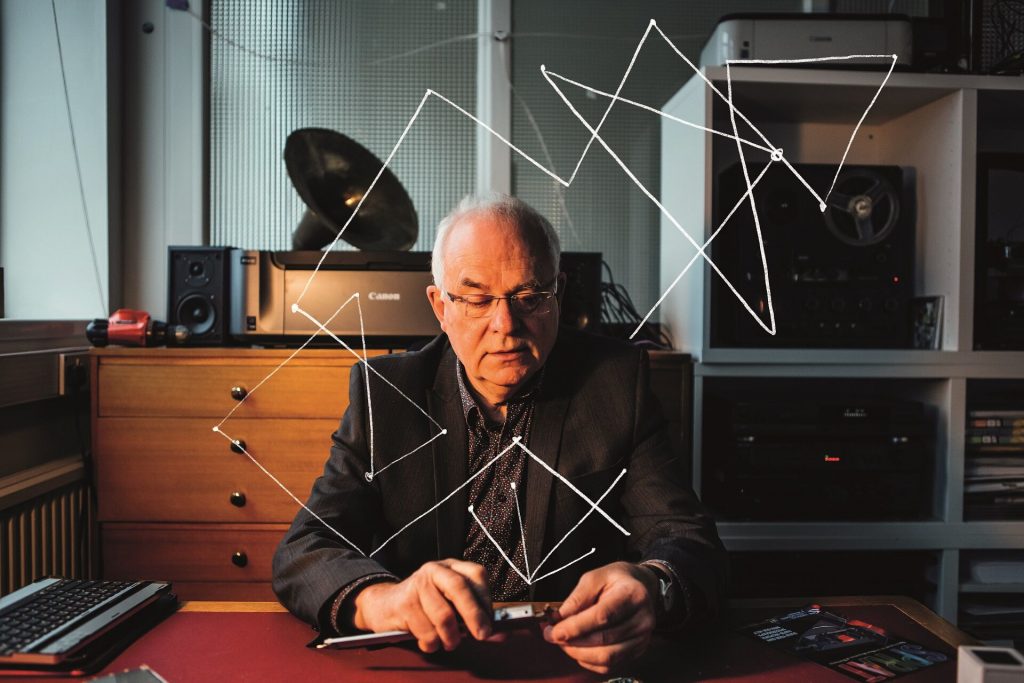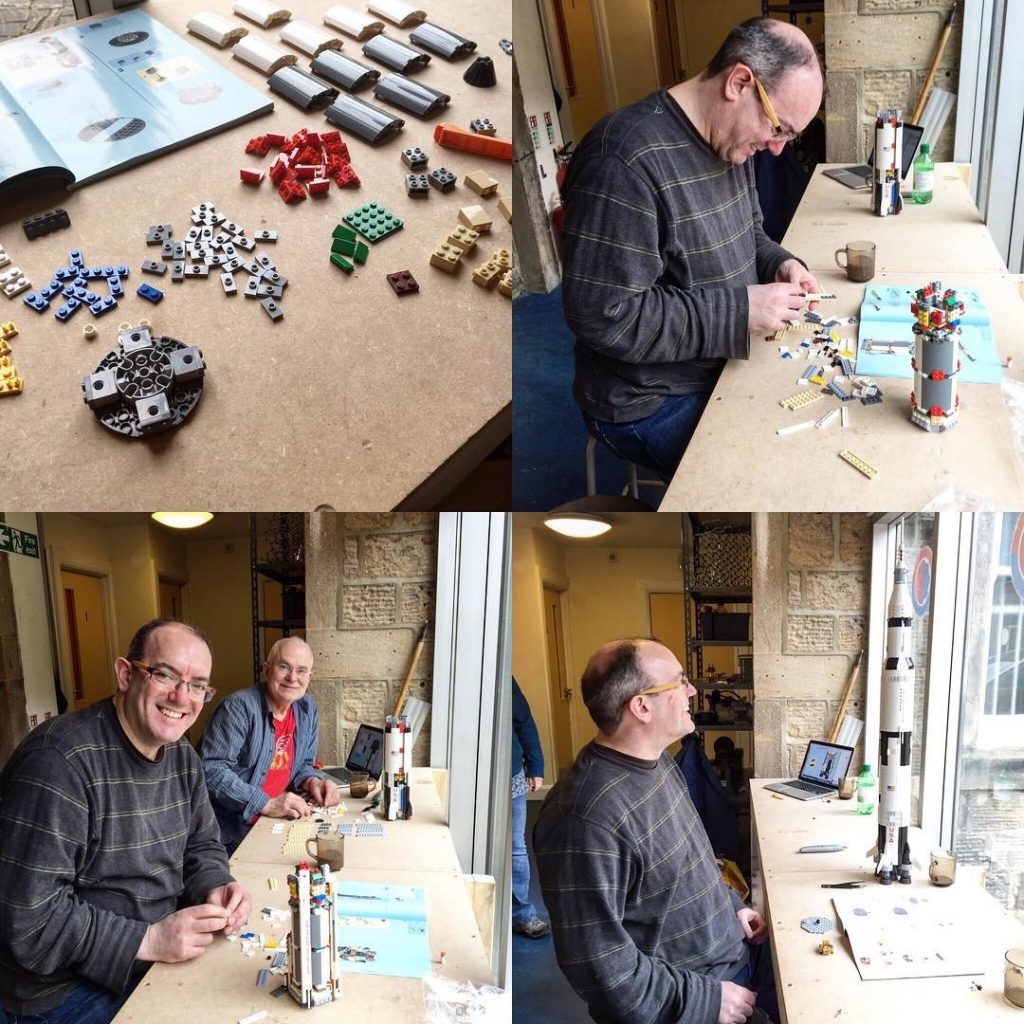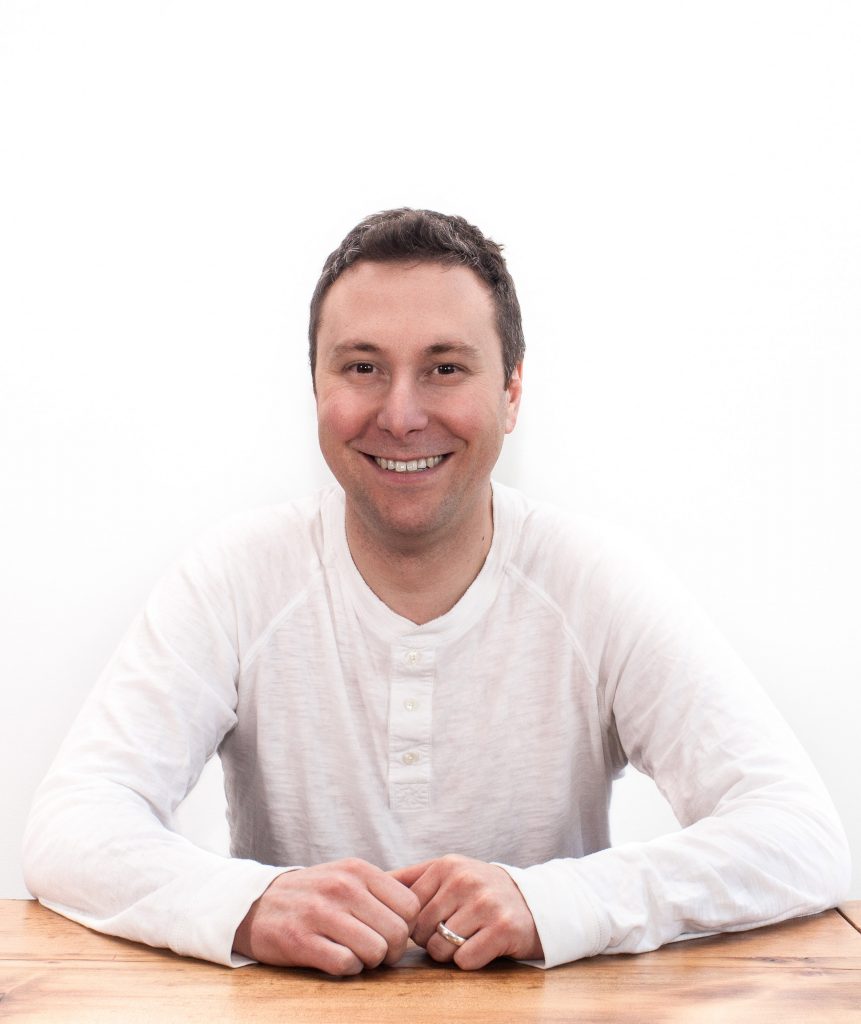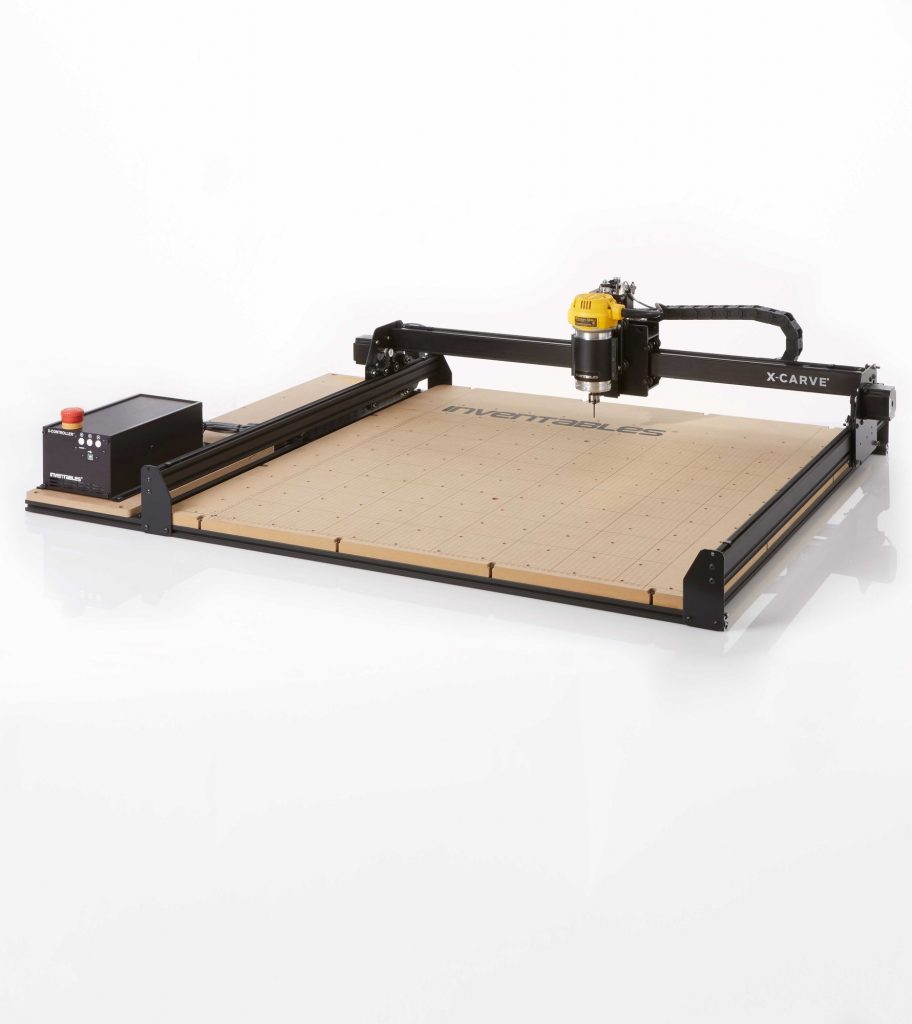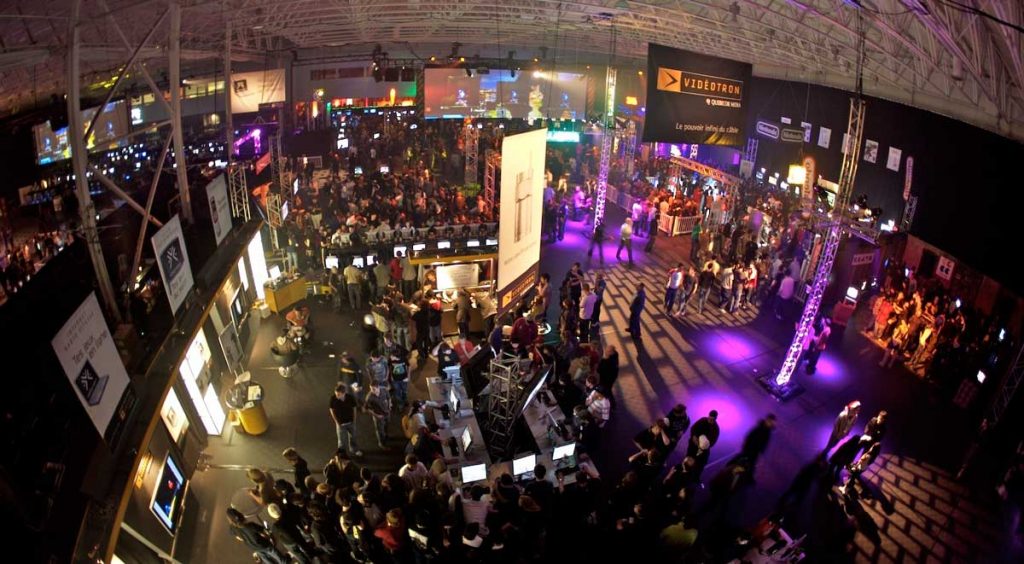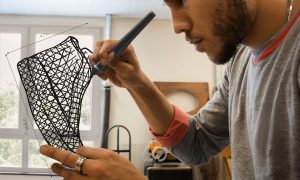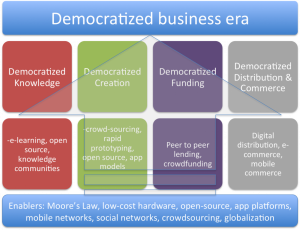Read parts one, two and three of this series.
Determining a definitive cause of the economic misfortunes of some companies in the open source hardware and maker spaces might prove difficult. However, there was one factor that did seem to clearly impact the desktop 3D printing industry was a flood of low-cost 3D printers from overseas, particularly China.
Starting around 2011 or 2012, clones of open source 3D printers, specifically the MakerBot Replicator, began to appear in the U.S. market. In some cases, the machines were of lesser quality than the originals and, in others, they performed on par or better. In most cases, they were less expensive. Among the earliest copycat brands were Wanhao and FlashForge, which sold the Duplicator and Creator replicas respectively.
At first, it may have seemed as though these Chinese companies were only in the 3D printing business to turnaround a quick profit by taking advantage of open source designs. In part, such skepticism likely stemmed from the different attitudes towards intellectual property, which has resulted in the so-called “pirating” of Western-designed (but often Asian-manufactured) technology.
However, over time, we learned that some of these brands were following in the same maker spirit as their Western counterparts. As Vice General Manager Frank Hua writes on the Wanhao About Us page, “Several Roommates used all [of] their pocket money and bought one Thing-O-Matic from Makerbot. This precious awesome machine brought these college students great enthusiasm [for 3D printing] and help[ed] these budd[ies pursue] their dream. On 1st Oct, WANHAO [replicated] the Thing-O-Matic and named it DUPLICATOR ONE. This 1st Generation Made In China 3D printer has combined most of the advantage[s] of RepRap and Makerbot, and upgrade[d] the extruder to [a non-block] one.”
While the open source aspect of a variety of Chinese models has sometimes been called into question, a number of companies continued to innovate and improve on their foundational copycats. Today, Wanhao has a broad range of 3D printers, including SLA, DLP and FFF. FlashForge products were so well-received that the German engineering multinational Bosch began selling its own version of the FlashForge Creator Pro under its Dremel power tool brand.
As of 2017, China had the most makerspaces in the world, thanks to the government’s Made in China 2025 initiative. The program, launched in 2015, aims to shift the country’s focus from manufacturing low-cost goods for the rest of the world to designing and making high tech products and services for the domestic population. In some cases, this has led to thriving labs of innovation, while in others, the result has been the creation of empty lounges without fabrication equipment.
Xue Yujie at Sixth Tone argues that the stagnation of the maker movement in China is in part due to government pressure for makerspaces to spin out startups and patents. Adafruit points out that similar outcomes can occur with venture capital firms in other parts of the world when too much money is poured into a project and the focus is on forced growth, rather than organic growth.
An article in The Long + Short, however, frames the concept of “making”, in the makerspace sense of the word, somewhat differently. The authors describe in the detail the Chinese city of Shenzen, the once-quiet fishing town that now manufactures about 90 percent of the world’s electronics, including pirated goods. Whereas the word “shanzhai” once referred to counterfeit goods, the authors suggest that it now represents the pinnacle of open manufacturing.
With open air markets selling everything from scraps (“reels of resistors, bags of PCB boards, iPhone volume buttons by the bucket”) to complete products (“3D printers, drones of all sizes, and fake Apple watches with bonus features like front-facing cameras”), the city is constantly “making”. These goods are not just mass manufactured products for the rest of the world, but even “niche, often culturally specific products no big companies bother with.”
The authors highlight the hoverboard as a paragon of shanzhai innovation in that the self-balancing scooter had no single inventor but was created in a collaborative fashion online and through informal manufacturing networks. Once it became popular, over 1,000 factories began to produce the item without concern for branding.
It was this same open ecosystem that may have contributed to the transformation of the desktop 3D printing industry and maker movement. The Long + Short authors also highlight how quickly product development can occur in Shenzhen, where the components needed for a prototype can be found “at the market around the corner, or more likely ordered to your exact specification as soon as you want it… Build your prototype, head to the assembly line to push out 10,000 of them, put them out to market, see what sells.”
3D printing, in general, is pitched as a tool for speeding up the design cycle, but, in the case of a massive contract manufacturer, owning the means of production itself speeds up the entire manufacturing process that much more. Located just off the coast of the Chinese mainland on the island of Taiwan, New Kinpo Group oversees the making of such name brand goods as HP printers and Dyson Vacuums, as well as its own line of products.
At CES 2014, the manufacturing giant unveiled its first desktop 3D printer, the da Vinci 1.0, under its new 3D printing brand, XYZprinting. With a price of $499, the system was among the least expensive on the market at the time. As the stocks of major 3D printing companies like 3D Systems and Stratasys started to crash, XYZ’s printer line began to blow up, including low-cost SLA and DLP systems, as well as FFF 3D printers with price tags as low as $169.
Just as in the case of the Shenzhen electronics manufacturers, New Kinpo Group is able to move quickly from design iteration to manufacturing. The variety of systems sold by XYZprinting to this day is extremely broad, including many variations on the same model (with wi-fi or without; with LCD screen or without; with all-in-one 3D scanner, laser engraver and full-color inkjet printhead or without). The company is consistently able to showcase new technologies, such as food 3D printers, with which it can test market readiness and then decide whether or not it will release them.
Based on one report, at one point, XYZprinting boasted more printer sales than any other company in the market, likely overwhelming the competition. As a result, other manufacturers may not have been able to keep up. Brook Drumm, for instance, remarked in a post-Printrbot interview that “cheap Chinese-made printers, AND Amazon.com selling them, AND Americans choosing to buy them – it all contributed significantly to Printrbot’s demise.”
After the 2014 stock bubble, the 3D printing industry began to experience more growth in the industrial segment with the consumer sector seemingly entering a decline. With that dynamic in the works, XYZ has since decided to shift focus on industrial and professional printers, as well. All of this played into this author’s perception that perhaps the maker movement had started to die off.
However, based on communications with a number of prominent members of said movement, ranging from RepRap luminaries like Richard “RichRap” Horne to former Silicon Valley execs like Carl Bass, it hasn’t died—just transformed.
Read parts one, two and three of this series.
The post The Maker Movement Unmade? Part 4: Attack of the Clones appeared first on 3DPrint.com | The Voice of 3D Printing / Additive Manufacturing.


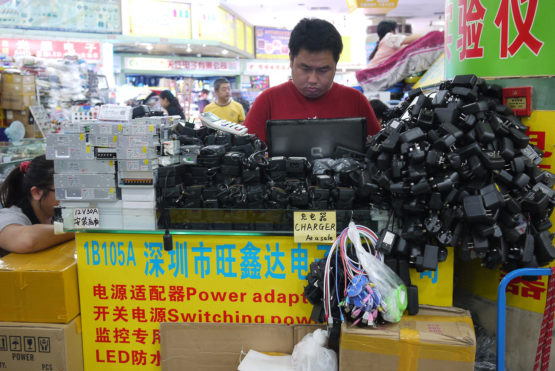
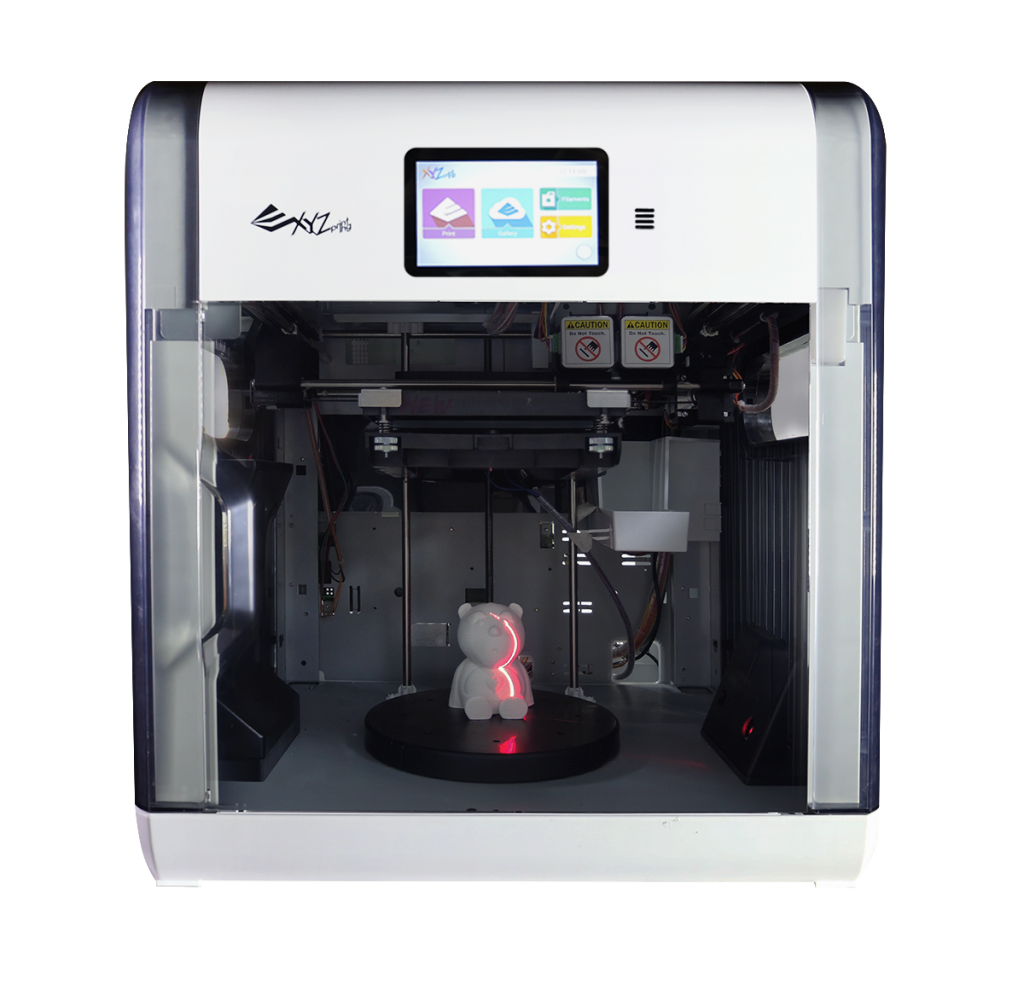


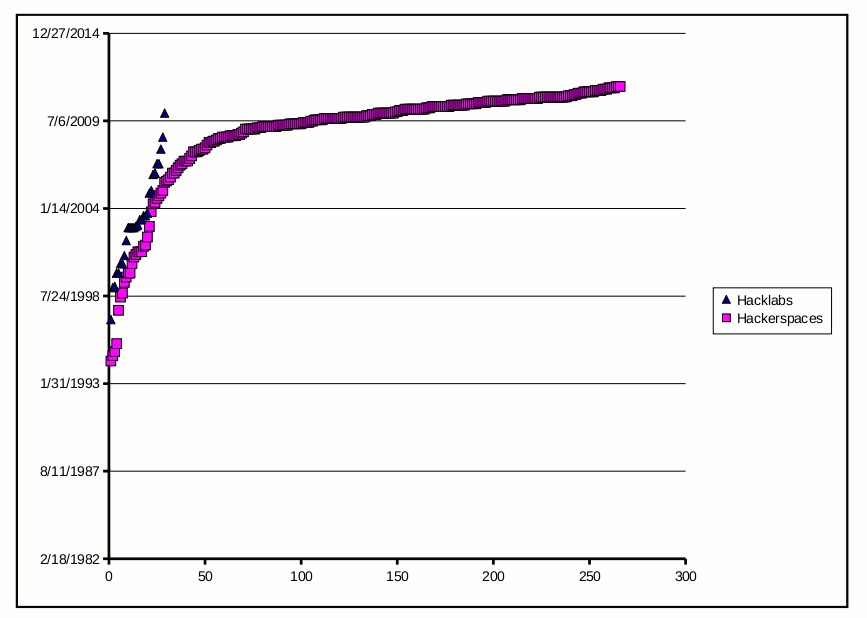




 Branding Material
Branding Material